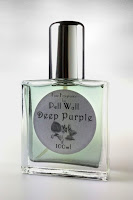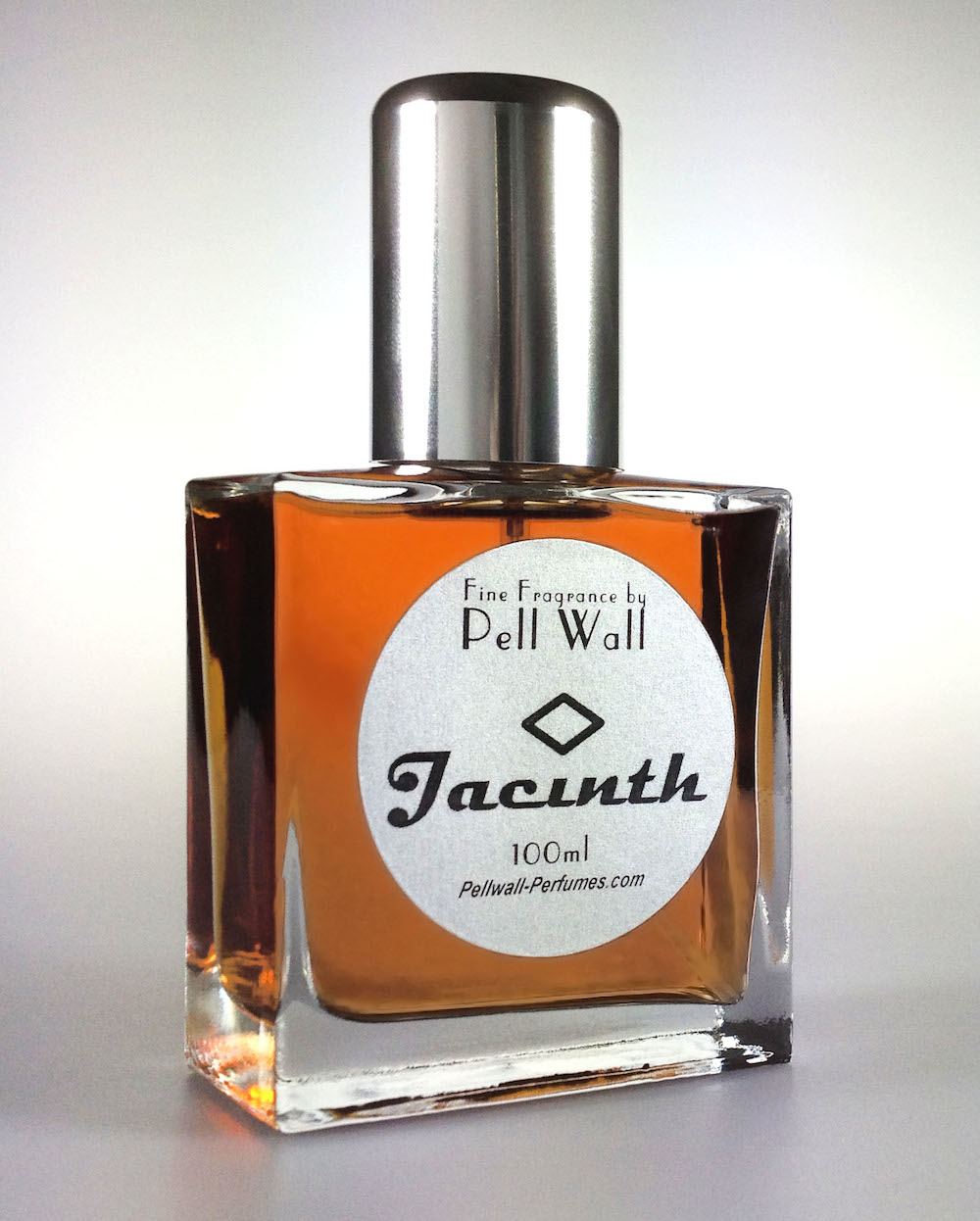A Posy of Violets on Mother’s Day
here in Britain for a very long time. Here I’m exploring some of the history of the Day and it’s links with scented flowers.
terms Mother’s Day and Mothering Sunday are used more-or-less
interchangeably, but historically they are different events. The modern Mother’s Day was ‘invented’
in the United States by Julia Ward Howe
who wrote The Mother’s Day Proclamation in 1870 and Ann Jarvis and her daughter Anna
who, in the early years of the 20th Century first founded work-groups and later
started a campaign for an official US holiday. President WoodrowWilson signed that into US law in 1914, establishing the holiday and fixing
the date as the 2nd Sunday in May.
Many other countries, often replacing or incorporating existing
traditions, have taken up this form and date since.
 |
| Wild Violets for Mother’s Day painting by artist Paul Wolber |
movable feast, celebrated on the 4th Sunday of Lent. Thought to go back to the 16th
Century practice of returning to one’s mother church – usually the nearest Cathedral – on this day, dispersed families
were thus enabled to be united.
This in turn is thought to derive from an earlier Roman festival
honouring the mother goddess Cybele
which was held in mid-March.
In
the Church of England, during the Mothering Sunday service in many churches it
became usual for children to give small posies of flowers to their mothers and
violets in particular often featured in these: the practice was common in the
50s and still happens in some churches today.
Violets
scented kind – Viola odorata –
have a special place in perfumery.
The scent of violet flowers is sometimes described as ‘flirty’ because
it seems to come and go – a feature of the ionones
from which the scent is mainly
composed. It has been valued in
perfumery for at least 400 years but the scent has always been difficult to capture.
Around the end of the 19th
and beginning of the 20th century – just about when Mother’s Day was
being established in the United
States – violet perfumes were all the rage. At this time something very special was available – violet
flower absolute – made by solvent extraction from violet flowers and distilled
down to the essential principle of the scent
of violets.
| Image courtesy of Wikipedia |
Even then it was very rare, very expensive and exclusively used in the very best perfumes. We
think that the last time violet flower absolute was extracted was around 1902:
after that the increasing cost of labour made it uneconomic. Estimates of what it would cost to
produce today vary from $10,000 to $500,000 a kilo – not even the biggest
perfume houses can afford that.
Today when you smell violet in a perfume it will be made with a clever
combination of synthetic ionones and other chemicals present in the natural
scent, recreated and combined by skilled perfumers at a fraction of the cost of
extraction. Perhaps surprisingly,
that is true of many flower scents.
word: even today perfumers the world over use one of a tiny number of natural green
notes: violet leaf absolute with just
a touch of the violet flower hidden within it, it is a lovely material. You’ll see this romantically described
in the scent notes of a perfume as crushed violet leaves – so next time you see
that in a description, you’ll know what it means.
Flower Essences
 |
| Jacinth by Pell Wall |
A posy of violets isn’t
something you’ll see in many florists any longer and you certainly shouldn’t
pick wild ones, but you could give the perfume equivalent of the posy of spring
flowers as a gift this Mother’s Day. If you want real, natural essences they
are few: the only spring flower still routinely extracted is narcissus – a
fabulously beautiful, complex material made from Narcissus poeticus – unfortunately it has two disadvantages, first that
it has a fabulous price to match it’s beauty and second that, however lovely,
it does not smell at all like putting your nose to a narcissus flower: a
challenge to the perfumer.
One option is a posy of mixed
flowers – in my own range I have Jacinth – a sparkling mix of roses, orange flower, ylang and lily and that precious
narcissus absolute is in it too.
 |
| Deep Purple by Pell Wall |
Alternatively there’s the Spring Flowers Collection of light
transparent and cheerfully springlike fragrances in which you will find notes of violets, narcissus, and hyacinth plus of
course, crushed violet leaves . . .
traditional posy of violets on Mothering Sunday.
of the Shropshire Magazine.
